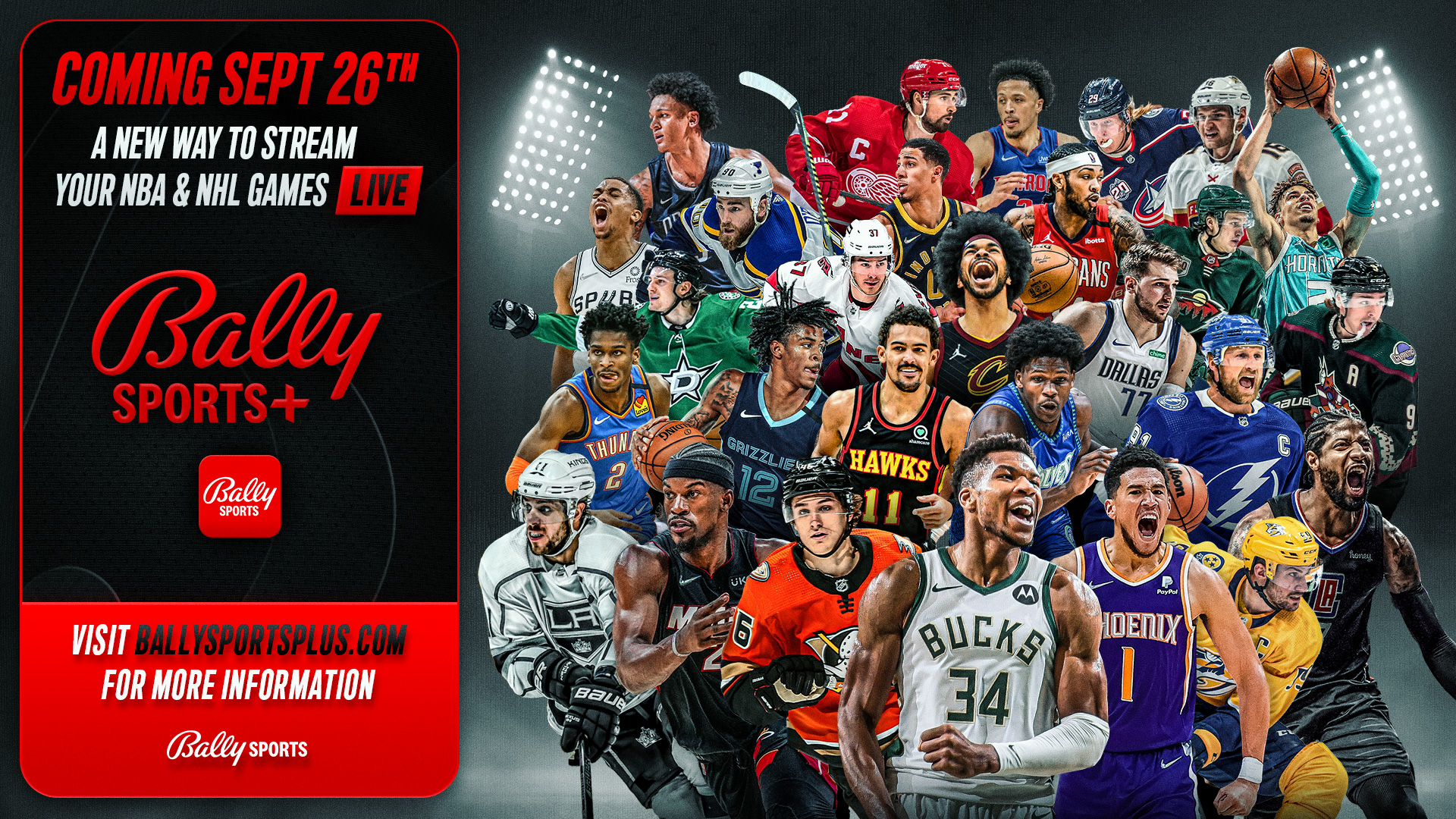Sinclair Sees High Engagement With Bally Sports Plus DTC App
No sales process for Diamond Sports unit, CEO Chris Ripley says

Sinclair Broadcast Group declared it was pleased with the reception the Bally Sports Plus direct-to-consumer app is performing and said it was not in the process of selling off its Diamond Sports Group unit.
In a call with investors Monday, Sinclair CEO Chris Ripley told one analyst that Sinclair wasn’t trying to sell Diamond Sports, the entity that controls the debt-laden, Bally-branded regional sports networks.
The company has retained advisors, specifically LionTree and Moelis & Co., Ripley confirmed. “There’s no sale process, but they’re talking to parties about deleveraging, strategic partnerships and things of that nature,” he said.
With cord-cutting and distributor resistance cutting into revenues and the price of sports rights rising, regional sports networks are in a financial bind.
Sinclair and Diamond have generated a lot of buzz with plans to take the sports business directly to consumers by obtaining streaming rights to the teams involved. At times, Sinclair’s plan seemed to have opposition from sports leagues including Major League Baseball.
The Bally Sports Plus app had a soft launch early in the baseball season in June and a full rollout September 26.
The company did not disclose how many people have signed up for the DTC product.
The smarter way to stay on top of broadcasting and cable industry. Sign up below
“We have seen encouraging demand for the service despite relatively low product awareness in the marketplace,” Ripley said.
The app was initially offered with a free trial period, and Ripley said that those trial subscriptions are being converted to paid at a 70% rate, consistent with the results the company saw after its soft launch.
DTC subscribers are more engaged than pay-TV subscribers, averaging 1.3 times more minutes watched. DTC subscribers also return more frequently to the app and have longer average session time, Ripley said.
He pointed to "particularly impressive" results at Bally Sports North. Minnesota Wild NHL hockey telecasts and Timberwolf NBA games have generated more than 23 million minutes streamed through the first month of their seasons. Unique streamers per game routinely exceed a 1 rating.
"These early data points not only indicate robust engagement, they underline our significant opportunity to generate revenue beyond B2C subscriptions as we continue to iterate the platform to include gamification elements, targeted ad capabilities, and e-commerce components," he said. "As market awareness builds, and as more and more people that are outside the bundle come in to watch their favorite home teams that should definitely make up for some of these losses that we're taking."
For the third quarter, Diamond Sports had a net loss of $1.2 billion, compared to a loss of $132 million a year ago.
Revenue fell 10% to $684 million. Distribution revenues were down 11% to $565 million and ad revenues dropped 5% to $112 million.
The company said it expected to have negative EBITDA of $42 million to $48 million in the fourth quarter, lowering its full-year guidance because of accelerated subscriber churn.
At a time when streaming platforms are shifting gears from trying to get the maximum number of subscribers to aiming to generate revenue and profit, Ripley said the pricing of Bally Sports Plus was designed to maximize revenue.
"The other consideration in the pricing was giving enough of a gap in retail pricing to the wholesale pricing that we give the distributors since this is a hybrid strategy," Ripley said. “We don't believe the pay-TV linear channels will be going away anytime soon. And so you need to have a wholesale price that's significantly lower than the retail price. And so, those two factors played into decision around pricing, but independent of the wholesale retail dynamic, we are currently priced at what all the evidence that we've seen, and all the research we've done, delivers maximum revenue from a subscriber perspective."
Ripley said that Sinclair and Diamond might be able to raise prices on the app going forward. On the other hand, it also expected to generate revenue and average revenue per unit (ARPU) gains through gamification, commercial, social sharing and other monetizable capabilities.
"I think over time, you'll see the ARPU skew more into these other areas of the ecosystem as we develop the app further, and there'll be less reliance on subscriptions," he said. "Now, does that mean we reduce our price over time? Perhaps, or that means that just that the most of the growth is coming from the other areas." ■
Jon has been business editor of Broadcasting+Cable since 2010. He focuses on revenue-generating activities, including advertising and distribution, as well as executive intrigue and merger and acquisition activity. Just about any story is fair game, if a dollar sign can make its way into the article. Before B+C, Jon covered the industry for TVWeek, Cable World, Electronic Media, Advertising Age and The New York Post. A native New Yorker, Jon is hiding in plain sight in the suburbs of Chicago.

